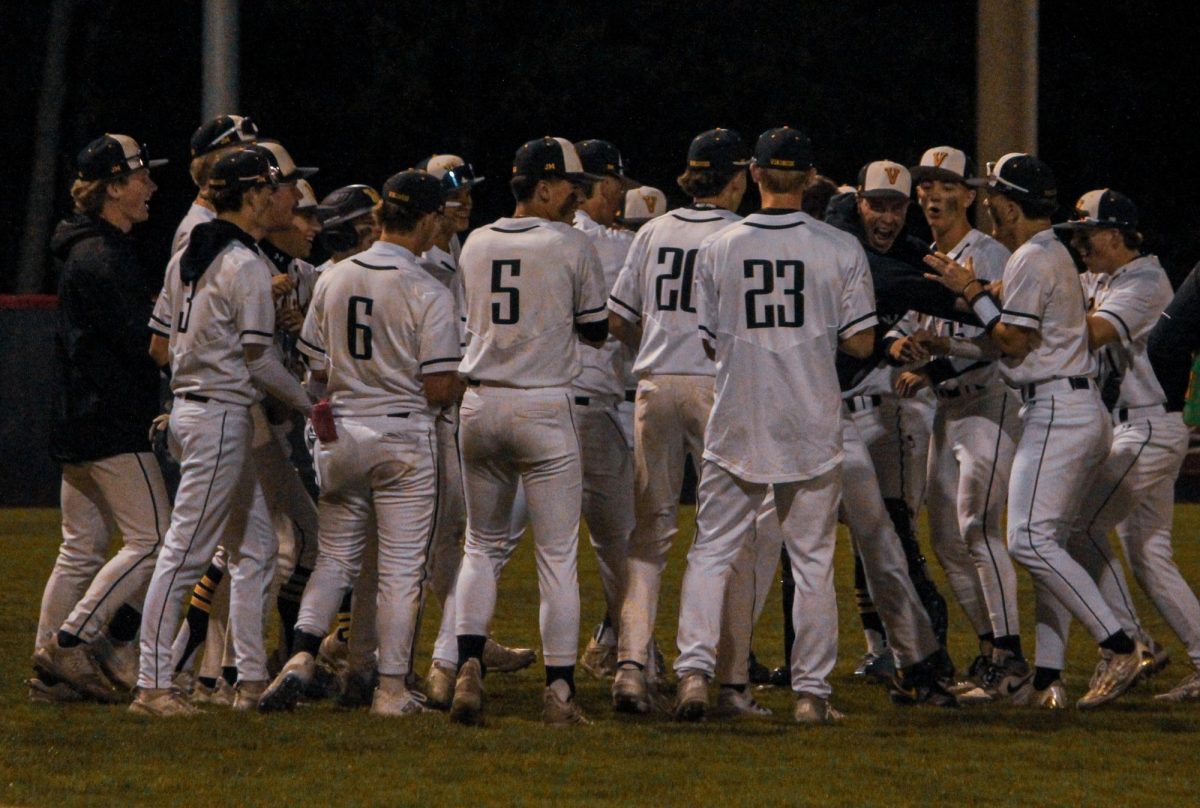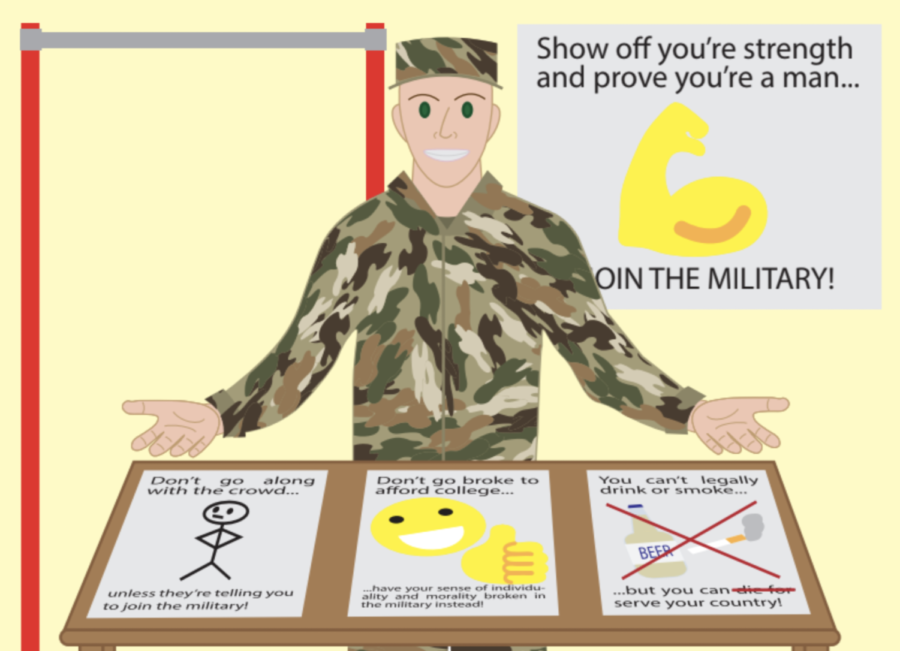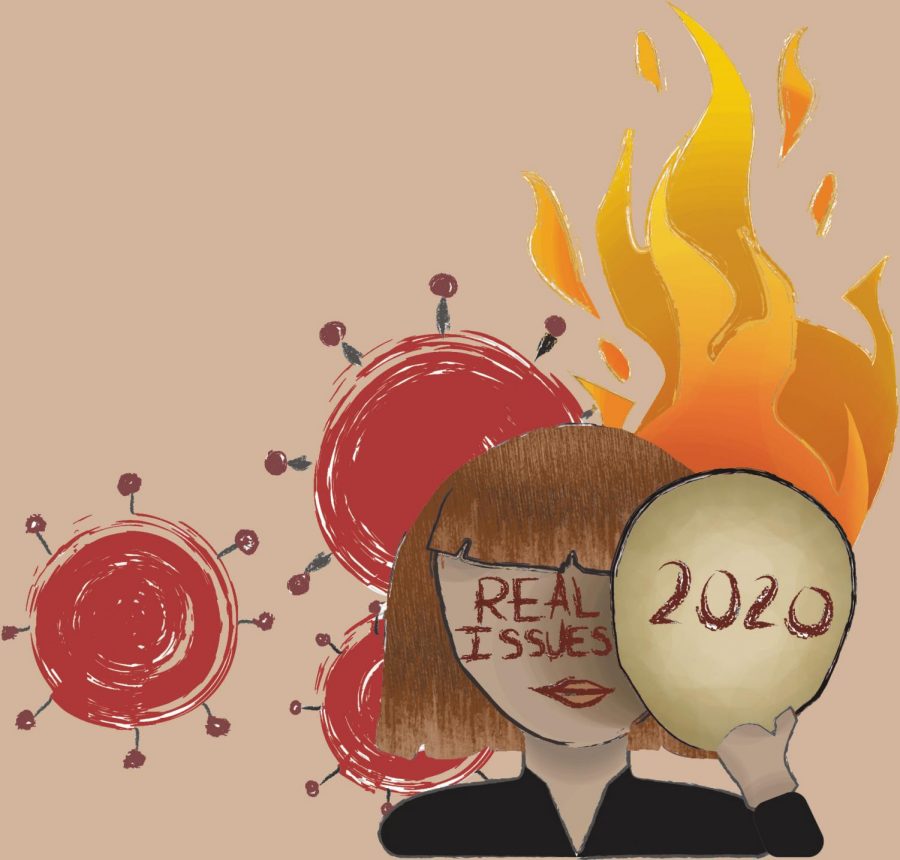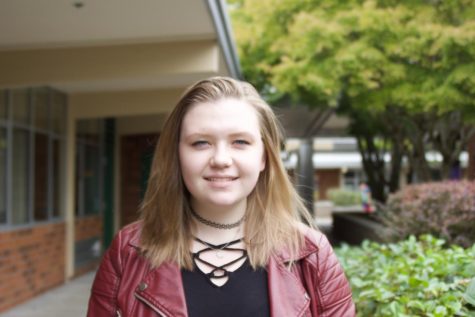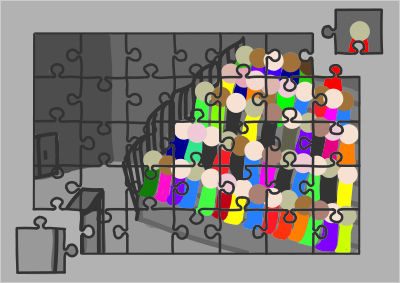
Assemblies in memoriam hold a unique place in the hearts of those with ties to the event they honor. Their purpose is to honor the event’s foundations while paving a road for the future— a balancing act sometimes difficult to achieve. The assembly itself is a true indicator of whether or not the presenters understand the significance of the event and its underlying socio-political tone. As a result, the challenge of putting on an assembly lies in being aware of this balance—an imbalance reflects a lack of social awareness.
Upon entering this past assembly—in honor of Martin Luther King, Jr.—students were greeted by the rich timbre of Dr. King’s “I Have a Dream” speech. This was followed by a captivating performance of the choir and several members of the Viking community, including teachers and students who shared stories about Martin Luther King Jr. and his legacy. Assemblies in the past have had guest speakers perform, creating a challenge for the speaker to connect with the audience and for the audience to connect with the speaker. In contrast to the MLK assembly, the guest speaker at the Veteran’s day assembly put on earlier in the school year was so disconnected from the audience that he referred to us as “Inglewood” instead of “Inglemoor.” By having people who are a part of the Inglemoor community share their stories, the message is all the more local and impactful.
Some may feel that the central theme of high school assembly material hasn’t changed since our elementary school days. Typically, lack of depth and relatable, meaningful material. As students mature both physically and intellectually so does the material they retain, creating a cycle of continuous personal growth. If the presented material doesn’t change, it ultimately does viewers a disservice because there is no capacity for growth and increased social awareness.
However, by the end of the last assembly, students were left to contemplate how they would mold the legacy of Martin Luther King, Jr. The experience pushed students to ponder the progress that had been made but implored them to take steps to further progress. Students were allowed to interpret personal takeaways and impactful moments that fed deep conversations during lunch and in some classrooms. Conversations like these, fueled by personal and familiar stories, are what drive progress. Students ushered social progress into the halls as a result of the assembly.
Assemblies in the past, while certainly eventful, have lacked the impact necessary to call them a success. This past Martin Luther King Jr. assembly, however, is an example of collective social awareness and should serve as a stepping stone for future assemblies in memoriam to model and strive to improve. The split schedule allowed for a lot of people to be present in the audience but was short enough to create an intimate ambiance. The material and stories shared were succinct and memorable, delivered by familiar and friendly faces that students can recognize in the crowds of passing periods. If future assemblies desire to inspire similar conversations, they should strive to achieve a similar impact created by this MLK assembly.











